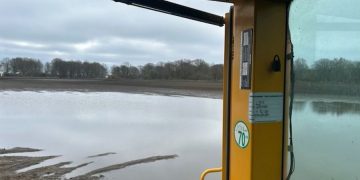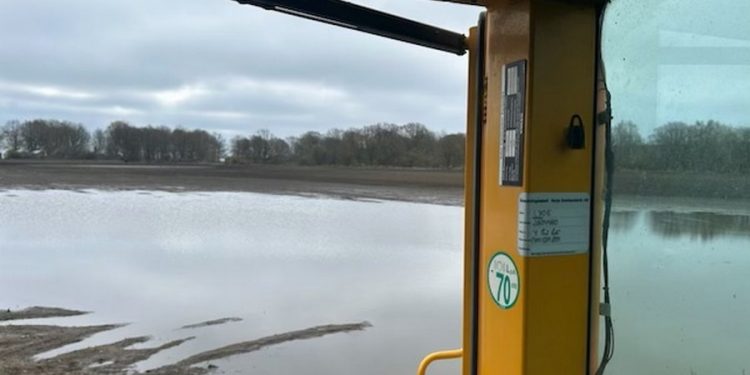The spring season in Sweden brought unprecedented challenges to vegetable farmers, resulting in a 30% drop in production. According to Peter Horvath of Svenska Odlarlaget, one of Sweden’s largest agricultural organizations, average temperatures hovered around freezing and the lack of direct sunlight seriously affected crop growth. “We haven’t seen any sunshine at all this spring and are only harvesting 70% of normal volumes,” Horvath said.
Adverse weather conditions have led to the need for increased use of greenhouses, resulting in increased heating costs. “Keeping greenhouses warm is expensive,” Horvath added. “Producers are faced with low yields and high costs, and we do not have enough products for the domestic market. We expect improvement in about 2-3 weeks when the weather improves.”
This problem is not limited to Sweden. Neighboring Denmark and northern Germany are experiencing similar difficulties, leading to increased dependence on imports. In winter, Spain and Morocco are the main suppliers of vegetables to Sweden. While Spain experienced favorable weather and ample production last winter, leading to stable prices, Italy faced colder conditions affecting production volumes.
Looking to the future, Sweden is considering imports from the Netherlands and Belgium to fill gaps. However, these countries also experienced excessive rainfall, making it difficult to plant vegetables. “Here in Sweden, due to heavy rain, we were unable to use tractors in the fields. The cars are too heavy,” Horvath explained.
Despite these challenges, there is optimism for the summer. Horvath expects consumer demand to increase as the weather improves, potentially leading to higher harvests throughout the month. “The decrease in yield is temporary,” he assured.
This spring’s difficulties have prompted Swedish producers to rethink their strategies. There are plans to build more greenhouses in northern Sweden, taking advantage of access to clean water, inexpensive electricity and industrial heat sources. “We will see a lot of greenhouses being built in the near future, especially in the north. There is significant growth opportunity there,” concluded Horvath.
The harsh spring has been a wake-up call for Swedish vegetable farmers, highlighting the need for adaptation and innovation in agricultural practices. By expanding its greenhouse infrastructure in the north, Sweden aims to ensure a stable supply of vegetables despite adverse weather conditions. This proactive approach will help mitigate future risks and support the sustainability of the country’s agriculture.































